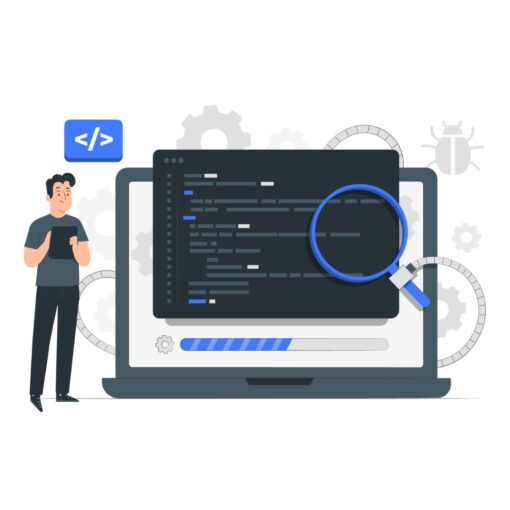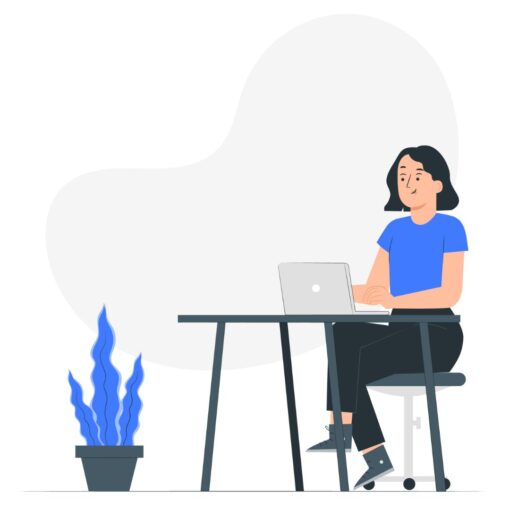You’ve probably heard a lot about search engine optimization. But do you know the basics of SEO?
The biggest goal of SEO is to improve your rankings on search engines, like Google. But it can be hard to figure out how to get started.
In this post, we’ll cover the SEO basics to help you optimize your site for better rankings.
1. Create a blog and write useful content
Search engines like Google reward websites that publish fresh, high-quality content. And the best way to do that is by creating a blog.
A blog is a great way to keep your website up-to-date with new content. It also allows you to target different keywords and phrases that your potential customers might be searching for. This is especially important if you want to scale a marketplace business by attracting niche audiences through organic search.
When you write blog posts, make sure you’re providing useful information that your audience will find valuable. Don’t just write for the sake of writing. Make sure your content is well-researched and provides real value to your readers. You can use an AI blog post generator to assist with blog content creation that is search optimized.
2. Optimize your titles and meta descriptions
Your title and meta description are the first things people see in the search engine results. They also provide a preview of what your page is about.
Make sure your title and meta description are compelling and accurately describe the content on your page. This will help you get more clicks and show the search engines that your content is relevant to the user’s query.
3. Optimize your images
Images are a great way to break up long blocks of text on your website. They also help users better understand your content and can improve engagement on the page.
However, if you’re not careful, images can also slow down your website, which can have a negative impact on your SEO.
Before you upload an image to your website, make sure the file size is as small as possible. You can use an image compression tool to reduce the file size without sacrificing quality.
Once you’ve uploaded the image to your website, make sure to add a descriptive file name and alt text. This will help search engines understand what the image is about and can improve your chances of ranking in image search results.
4. Improve your site speed
If you want to rank well and keep users on your site, you need to make sure your site loads quickly.
In fact, 53% of users will leave a page if it takes longer than three seconds to load.
You can use Google’s PageSpeed Insights tool to see how your site stacks up and get suggestions for improving your site speed.
Some common ways to improve your site speed include:
• Compressing images and other large files to reduce load times
• Using a content delivery network (CDN) to serve your site from a server close to your users
• Enabling browser caching to store your site’s data on your users’ devices
• Using a fast and reliable web host
You can also use Google’s Core Web Vitals to see how your site is performing and get suggestions for improving your site speed.
5. Use internal linking
Internal linking is the practice of linking to other pages on your website within your content. Internal linking helps to show search engines the structure and hierarchy of your website.
It also helps to establish context and relevancy for the pages on your website, which can help to improve your search rankings.
When you’re creating new content, be sure to look for opportunities to link to other relevant pages on your website. And when you’re editing old content, be sure to update your internal links as needed.
6. Use external linking
When you link to other websites, it can help to improve the authority of your site. That’s because it shows your website is a reliable source of information.
When you link to other websites, it’s called an external link. When other websites link to your website, it’s called a backlink.
SEO basics include both external and internal linking. Internal linking is when you link to other pages on your website.
It’s important to have a good balance of both internal and external links. Too many internal links can make your website look spammy. Too many external links can make it look like you’re not a reliable source of information.
7. Make your site mobile-friendly
Google has a mobile-first indexing policy, which means that the mobile version of your website is the one that will be used to determine your rankings.
If your site isn’t mobile-friendly, you could be missing out on potential traffic and rankings. In fact, Google has said that mobile-friendliness is a ranking factor for mobile searches.
You can check to see if your site is mobile-friendly by using Google’s Mobile-Friendly Test. If it’s not, you may need to make some changes to your site to ensure that it is.
8. Use keywords in your URL
Your URL should be a concise description of what the page is about. This will make it easier for both search engines and users to understand what your page is about. Especially for local services like address lookup or location-specific directories, where clarity and keyword relevance improve local SEO performance or email deliverability.
Include your target keyword in your URL, and keep it as short as possible. Avoid using numbers and special characters. Use hyphens to separate words. This will make your URL easier to read and understand.
Here’s an example of a good URL structure:
9. Use long-tail keywords in your content
Keywords are the words and phrases that people use to search for things online. When someone enters a keyword that’s relevant to your business, you want your website to show up in the search results.
One way to increase your chances of ranking for keywords is to use them in your content. But not just any keywords – you want to use long-tail keywords.
Long-tail keywords are longer, more specific phrases that people are likely to use when they’re closer to making a purchase. For example, “best sushi restaurant in Boston” is a long-tail keyword, while “sushi restaurant” is a short-tail keyword.
Long-tail keywords are less competitive than short-tail keywords, so you have a better chance of ranking for them. Plus, they help you attract high-quality traffic to your website because they’re more targeted.
10. Write a compelling meta description
The meta description is the short paragraph of text placed in the HTML of a webpage that describes its content. The meta description is then shown in the search results, so you need to write it in a way that encourages searchers to click on your listing.
If you don’t add a meta description, the search engine will try to pull from your content, but it may not do your website justice. It’s better to write your own meta description so you can control what your website listing looks like in the search results.
Your meta description should be a short, compelling summary of your webpage that uses your target keywords and entices searchers to click. Aim to keep your meta description around 150-160 characters. If it’s too long, the search engine will cut it off and could lower your click-through rate. For landing pages built to convert, you can also implement form tracking to measure how users interact with embedded lead forms, identify drop-off points, and better understand which meta descriptions are driving qualified traffic.
11. Use social media
Social media is a great way to share your content and build brand awareness.
It won’t necessarily have a direct impact on your rankings, but it can help you get more traffic to your website and reach potential customers who may not be searching for your products or services on Google.
It’s also a good way to get more backlinks to your website, which can help improve your rankings. Sharing real-world e-commerce business examples on social media can increase engagement and showcase your expertise.
Conclusion
The best way to rank your site is through high-quality content and an effective SEO strategy. These are the 11 SEO basics that will help you achieve better search engine rankings.




